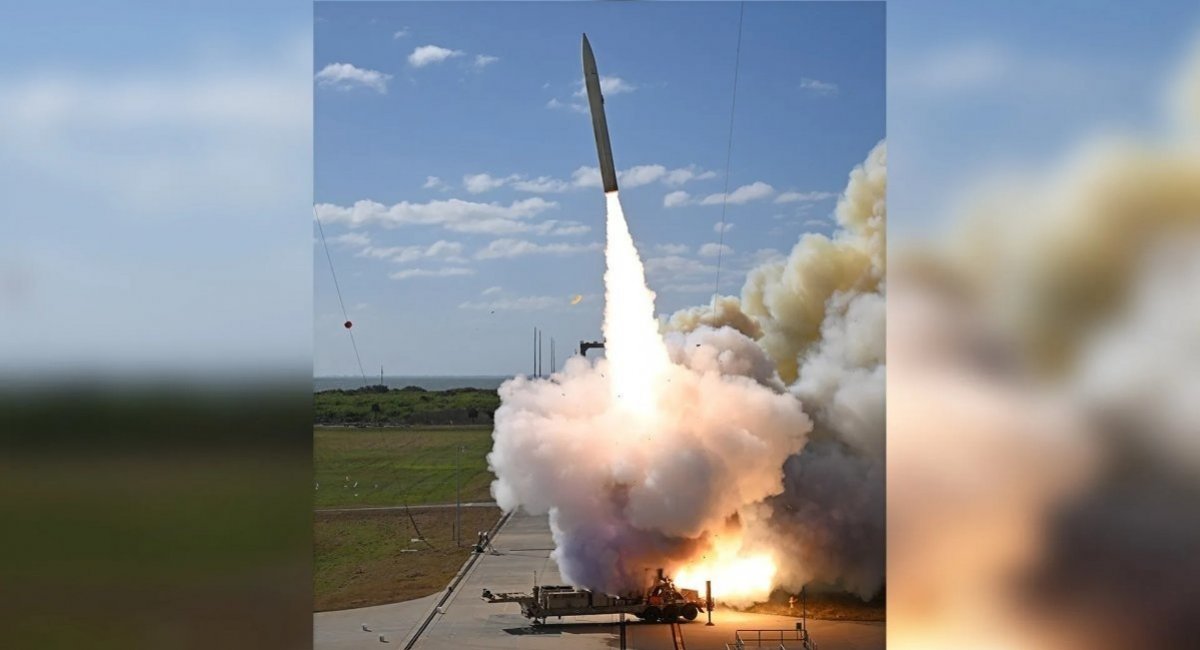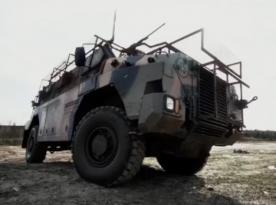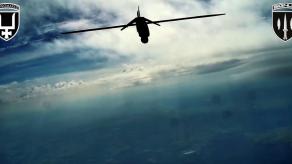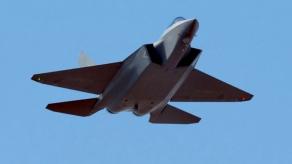Among the speakers at the special briefing for military attaches accredited in Moscow, held on December 18, 2024, the main guest was the Chief of the General Staff of the russian armed forces and wanted war criminal Valery Gerasimov. During a relatively generic speech filled with the Kremlin's well-known justifications of russia's military invasion of Ukraine, one interesting bit draws attention: Gerasimov stated an alleged threat to the russian federation posed by some Western missile system called Dark Typhon.
The statement of a never-to-be-heard-of missile already fielded by NATO was met with mixed opinions even in russia.
Read more: Where Are American and NATO's Weapons to Answer russian RS-26 Rubezh ICBM
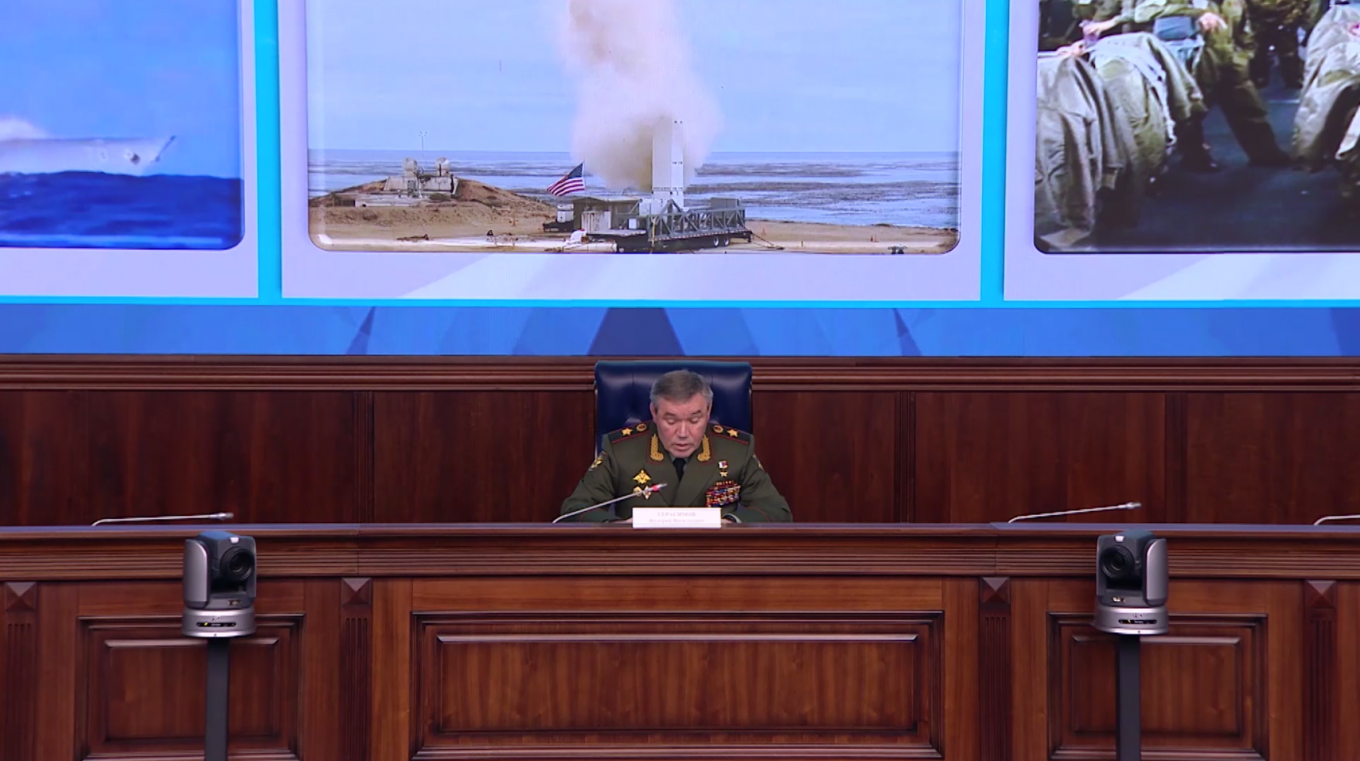
To be more specific, at some point into his speech, the head of russian General Staff claimed to have observed an "increased activity of NATO countries near the borders of russia." To back it up with evidence, Gerasimov mentioned as an example the alleged deployment of a Dark Typhon ground-launched missile system in Denmark (yes, the russians wrote this name in Cyrillic, as in Дарк Тифон — DE). Supposedly, the missile has a range of 2,400 kilometers.
The nuance of this situation is that none of the Western countries is known to have a missile system with this name, and Europe in general has problems with fielding tactical missiles since Turkiye is the only NATO member to have a missile of over 300 kilometers of range, as noted in the Military Balance Blog by IISS.
On that note, a logical explanation would be that the russian army chief made up the Dark Typhon by combining the names of two existing missile systems: the hypersonic Dark Eagle and the Typhon.
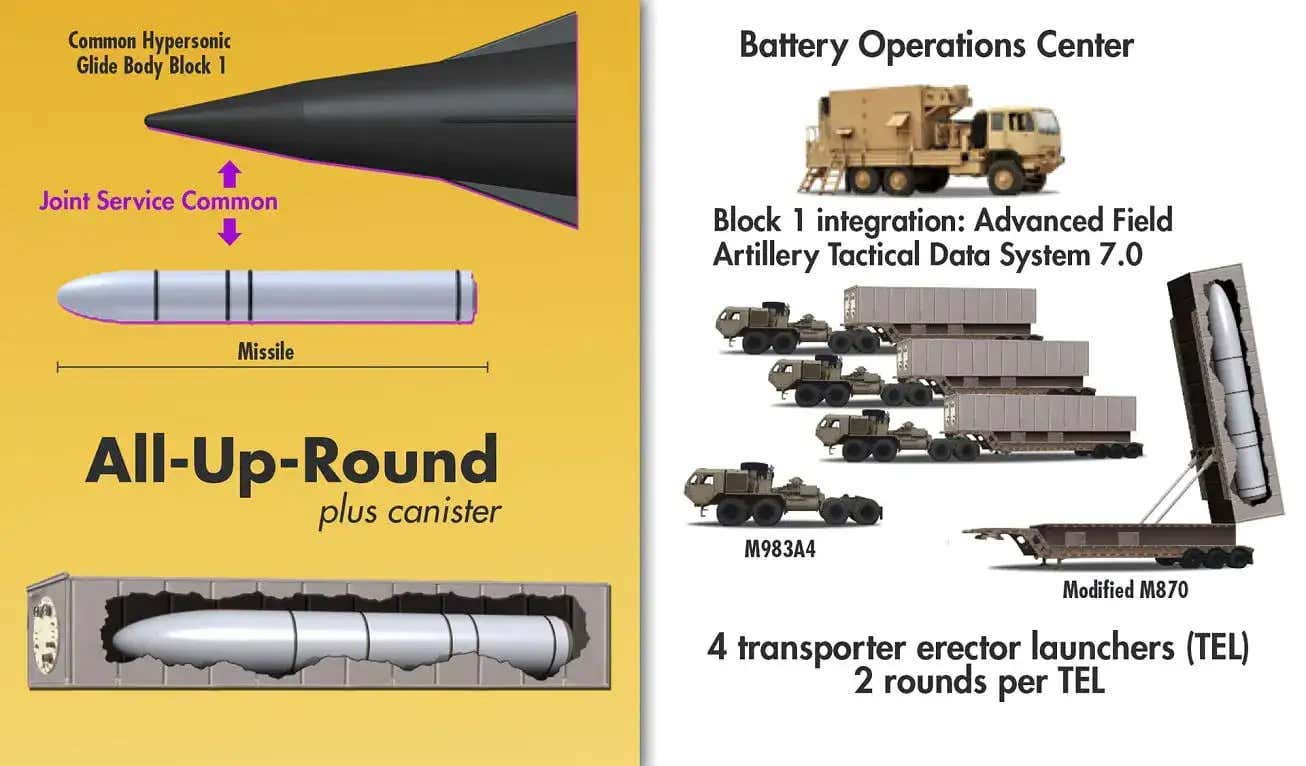
To briefly recall what kind of systems are these: Dark Eagle is a ground-based hypersonic weapon developed for the U.S. Army, with its first successful test launch taken place just in December 2024, after several years of unsuccessful attempts. Each missile costs around USD 41 million.
The declared specifications of this missile are the flight speed of 4.9 Mach, the range of 3,100 kilometers, the total weight of 7,400 kilograms — but how much of it takes the warhead is not disclosed. One the full battery consists of four launchers with a total salvo of eight missiles.
Next, the Typhon is a medium-range missile system based on the Mark 41 vertical launching system, it can fire two types of missiles can be used: the Tomahawk cruise missile in the land-based version and the Standard Missile-6 modified for surface-to-surface attacks at distances up to 460 km.
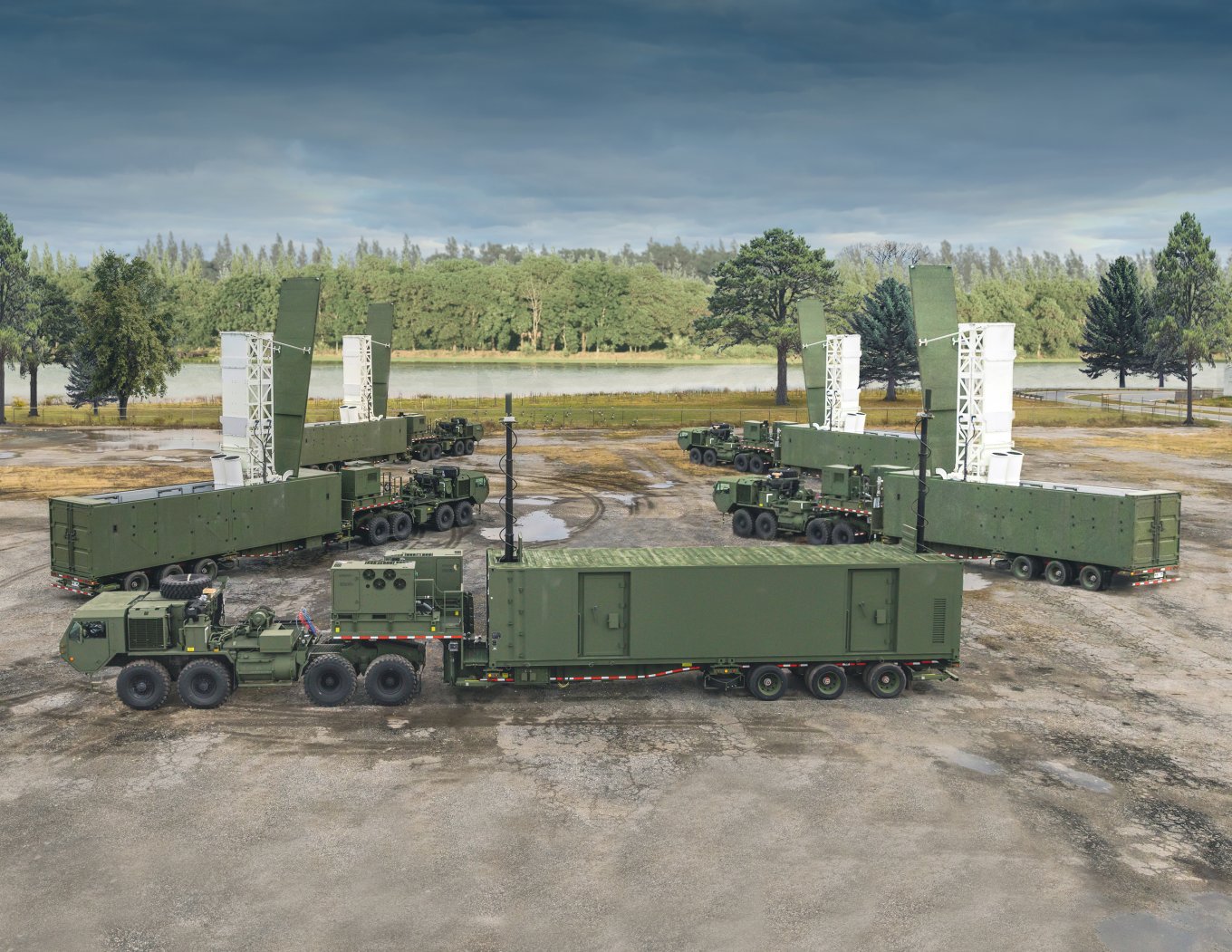
But here's another detail: neither of these two systems are deployed in Denmark or elsewhere in Europe. Though we can remember fielding of a completely different type of ground launch system in Denmark earlier this year. An MK70 PDS was seen during joint exercises in May 2024, on the island of Bornholm.
This mobile missile launcher was brought by the U.S. Navy, and according to public information, it was adapted only for the use of anti-aircraft variants of the SM-6 and SM-3 missiles. In the context of the drill on Bornholm, the MK70 PDS units were tasked to provide air defense cover for the convoys moving through the Baltic Sea.
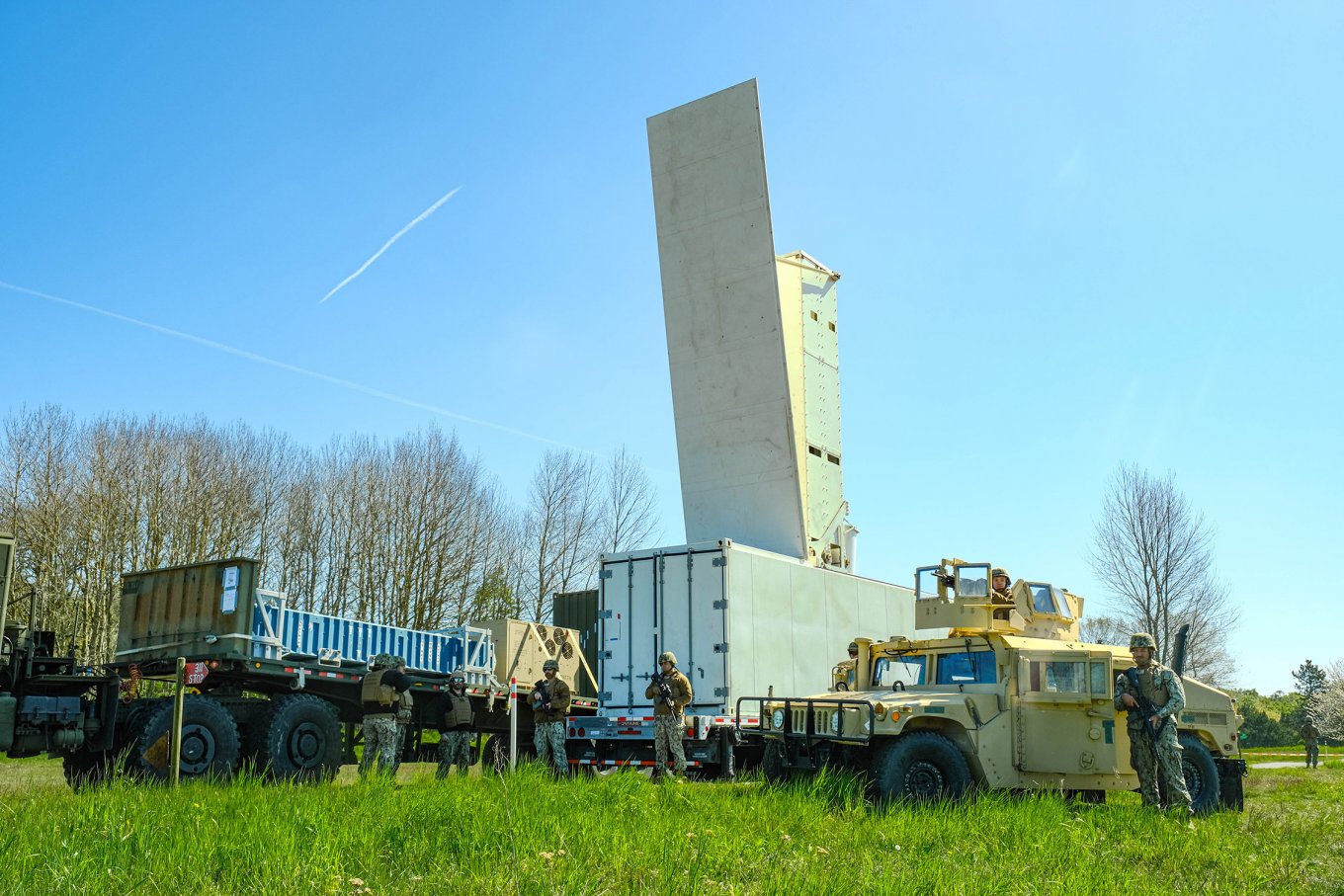
After the briefing in Moscow, even russian media were divided on how to receive such an arbitrary interpretation of events by the General Staff of the russian Armed Forces. Some pointed out a clear disconnect with reality, while others went along the propaganda narrative. Either way, from the Kremlin's perspective, this detail reflects not just an accidental mix-up but the actual way russian leadership perceives reality and their adversaries' actions.
Read more: russians Deploy D-74 Guns on the Kurakhove Axis: How Did They Acquire These Rare Howitzers?



